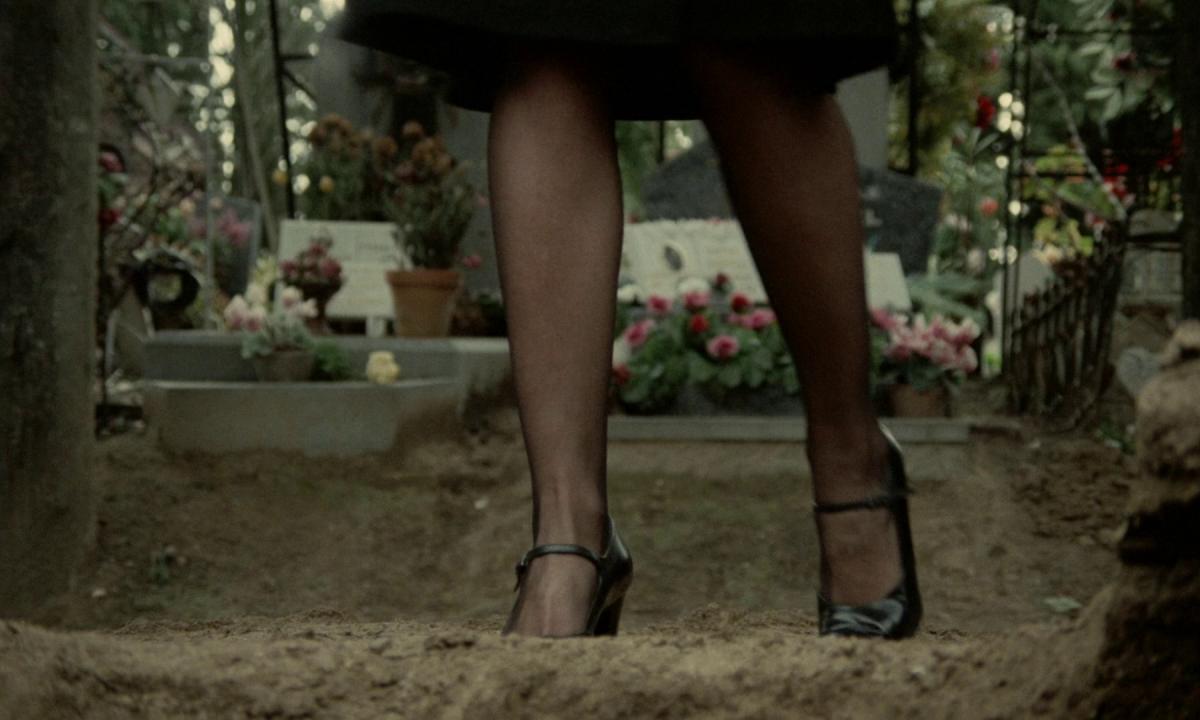Truffaut

Both The Story of Adele H and Small Change outraged me. With Truffaut’s latest, The Man Who Loved Women, I do not feel polemical, despite my disappointment, but disheartened. What’s going on with this oeuvre? And with this filmmaker of not-quite-yet-feeling? What happened to this sensitivity to the banal failure of feelings, to the stumbling of passion, to the breathtaking jumble of sobering concreteness and lyrical flights of the romantic?
Truffaut still has a clear preference for frustrated, failing heroes, for feelings stranded along the way. But the extremes of pathos and self-irony, of lyricism and banality, have come ever closer together, so that Truffaut’s theme has simply become that of unhappy love, where pity can more and more take root. In short, Truffaut is increasingly approaching the domain of Sautet.
Nowhere in this film is there a moment of sensuality. What happened to that so-called “loving women” from the title? Why do none of the male-female duos function in this film? Why is Truffaut unable to suggest anything of the heterosexual attraction?
One of the possible explanations has to do with what I consider to be Truffaut’s altered relationship with his actors. He increasingly makes films for actors and actresses. He offers his work, relationships and capacities as a director to actors, puts them at their disposal. This is in keeping with his character, by the way: Truffaut likes to pay tribute – one can read so in his film criticism. But while Truffaut could be an intense and generous admirer as well as a passionate polemicist, he increasingly limits his role to that of a professional of tributes. It’s all getting a tad too sultry, with too many tremolos in his admiration for Adjani and now Denner. Besides, he offers his films as extended solos for one admired player: Adjani and Denner don’t get any counter-acting antagonists or partners. While love films need such a subtle fine tuning of the partners through the casting, dialogues and direction. Balancing back and forth between the duo’s respective places – which happened in such a masterly way in The Soft Skin, for instance – therefore becomes impossible.
Truffaut, who has always written and filmed on the basis of friendship, solidarity, as a “homage”, no longer finds a milieu in which his solidarity could still be deployed in a meaningful and effective way. If only because the Paris of the 1950s and that of the 1970s are two worlds apart. He is left with little else to do but pay homage to idiosyncratically selected people who mean little in themselves because they cannot be placed in any “movement”. What are homages that lack the excitement of the polemic, of solidarity against (something else), of loyalty and friendship in spite of...?
More than any other Nouvelle Vague filmmaker, Truffaut is tied to Paris. Godard and Chabrol can work outside Paris perfectly, because they have a sense of the province, of its charms, oppressiveness, and spitefulness. Demy and Rohmer, too, have their own space that does not coincide with Paris. But Truffaut! He’s lost beyond the street pattern and rooftop horizon of Paris. But how Paris has changed in the meantime! Not to mention traffic and urbanism, simply the intellectual tone of the city, the amorous language spoken (or no longer spoken), the folklorisation of the “Parisian character”. The level-headedness, the protective indifference, the city wisdom we saw become stereotyped and glorified in urban films for decades, is now crumbling and giving way to hysteria. One can no longer build on the city and its inhabitants, because the city has become “collective equipment” and its inhabitants have become users.
A time-lag that Truffaut seems unable to cope with. Because it would make it impossible to avoid feelings of cynicism and bitterness (Chabrol), aggression (Godard) and provocation. Feelings that Truffaut, as a man of solidarity, is unable to mobilise?
Image from L’homme qui aimait les femmes (François Truffaut, 1977)
This text originally appeared in Kunst & Cultuur 10, no. 12, 16 June 1977.
Many thanks to Reinhilde Weyns and Bart Meuleman
With support from LUCA School of Arts, LUCA.breakoutproject

